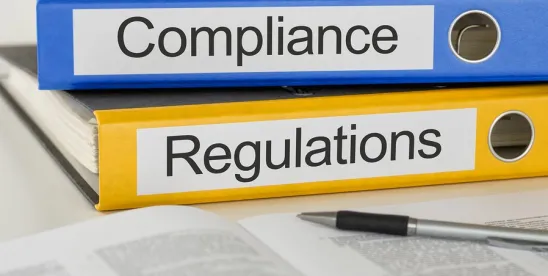Recently, the Department of Labor (“DOL”) has begun an expansion of its audit initiative directed at large defined benefit and defined contribution retirement plans, examining plans that the DOL suspects have not made reasonable attempts to locate terminated vested participants who have reached their “required beginning dates” under Internal Revenue Code (“Code”) Section 401(a)(9). This initiative draws attention to the importance of maintaining updated records regarding retirement plan participants and the consequences of not doing so under both the Code and the Employee Retirement Income Security Act of 1974 (“ERISA”).
This client alert will provide an overview of the Code’s qualification requirements as they relate to required minimum distributions, the DOL’s interest in required minimum distributions, and the DOL’s guidance on missing plan participants.
The Requirements of Code Section 401(a)(9)
Code Section 401(a)(9) requires a qualified plan to ensure the interest of a participant will be distributed or commences distribution, beginning no later than the “required beginning date.” In general, the required beginning date is April 1 following the end of the year in which the participant attains age 70 1/2 or has a termination of employment, if later.
Code Section 401(a)(9) not only has implications for the qualified status of retirement plans, but it also affects plan participants directly. An excise tax is imposed by Code Section 4974(a) on a payee under any qualified retirement plan if the amount distributed during the payee’s tax year is less than the required minimum distribution for the tax year. The amount of the excise tax is 50% of the amount by which the required minimum distribution exceeds the actual amount distributed during the tax year.
The DOL’s Interest in Required Minimum Distributions
The Internal Revenue Service (“IRS”) has long been investigating required minimum distributions as part of its plan audits, as the IRS has primary jurisdiction over the qualified status of plans. In contrast, ERISA provides the DOL with the authority to conduct civil and criminal investigations of violations of ERISA, including fiduciary issues. ERISA Section 404(a) imposes the requirements that a fiduciary act solely in the best interests of plan participants, with the exclusive purpose of providing benefits to them and defraying reasonable expenses of administering the plan. A plan sponsor has a fiduciary responsibility to maintain procedures for locating participants and paying participant benefits when required. Therefore, the DOL has an interest in ensuring that participants are informed about benefits payable under retirement plans and are actually receiving distributions.
A DOL representative indicated that numerous audited plans did not have procedures for locating missing participants and had significant recordkeeping issues leading to unpaid benefits to participants that had reached their required beginning date. One plan had over $120 million in back payments owed to participants over the age of 70 1/2. Additionally, some audited plan records indicated that placeholder birthdates were being used for participants, leading to numerous participants who appeared to be well over 100 years old.
How to Locate Missing Participants
In Field Assistance Bulletin 2014-10, the DOL takes the position that finding missing participants is part of discharging the fiduciary duty of prudence under ERISA Section 404(a). The DOL provides helpful advice to fiduciaries about appropriate steps to take to locate missing participants. Unfortunately, however, the guidance is limited to terminating defined contribution plans, and does not specifically extend to ongoing defined contribution or defined benefit plans. Nevertheless, the principles are applicable in other contexts. The DOL suggests a series of four initial actions:
1. Using certified mail to attempt to contact the missing participant at any known address;
2. Checking related plan and employer records to determine if any additional contact information exists for the missing participant;
3. Checking with the designated plan beneficiary to try to contact the missing participants;
4. Using free electronic search tools such as Google, public record databases (such as those for licenses, mortgages, and real estate taxes), obituaries, and social media to locate the missing participant.
To the extent that the participant cannot be located using any of the above, the DOL states that ERISA’s duties of prudence and loyalty require the consideration of additional steps. Depending on the size of a distribution, it may require the use of fee-based internet search tools, commercial locator services, credit reporting agencies, information brokers, investigation databases, and analogous services.
Conclusion
It is critical that plan sponsors have a set of procedures for addressing both the process of updating plan data and procedures for finding missing participants. Sponsors should periodically perform an internal audit to ensure the adequacy of participant records. Sponsors may want to receive regular updates from their third party administrator on uncashed participant checks.



 />i
/>i

